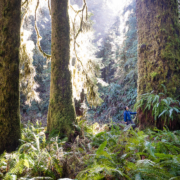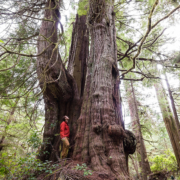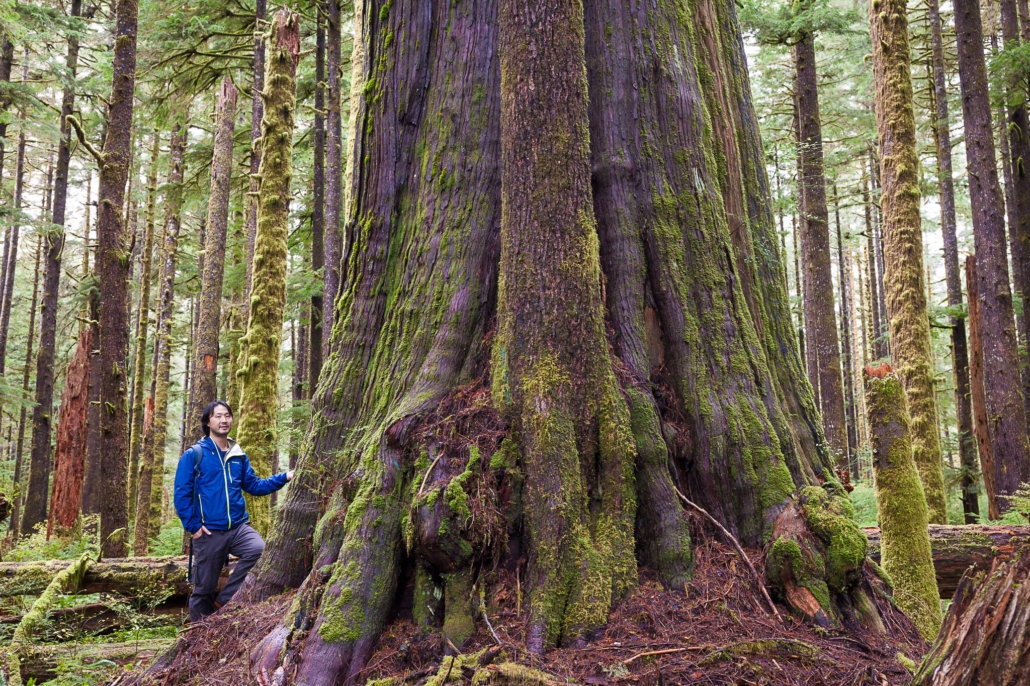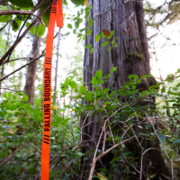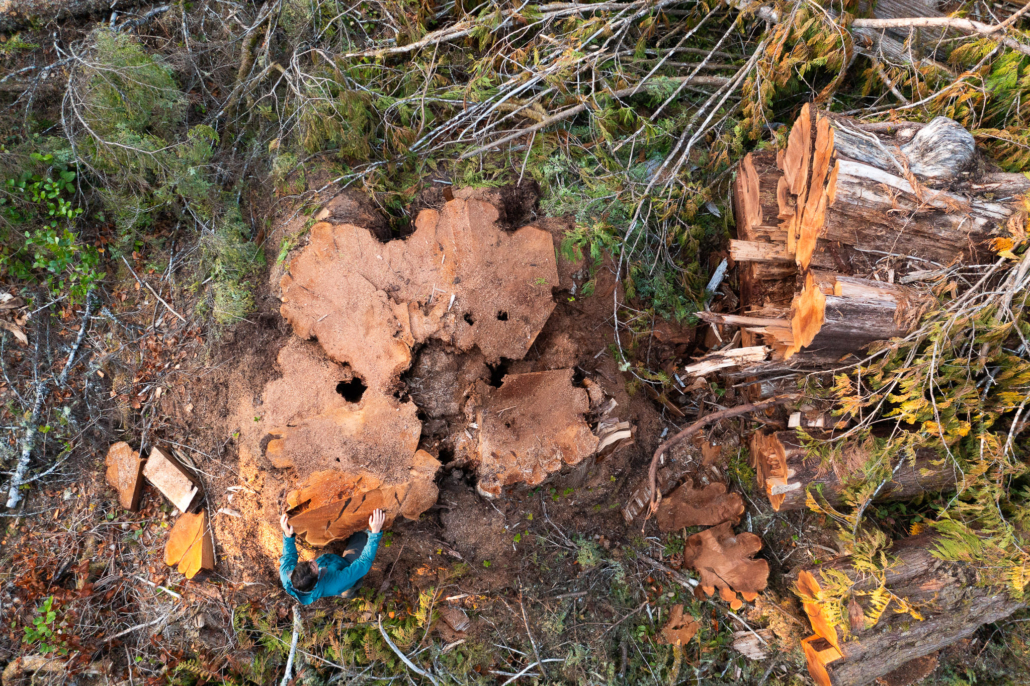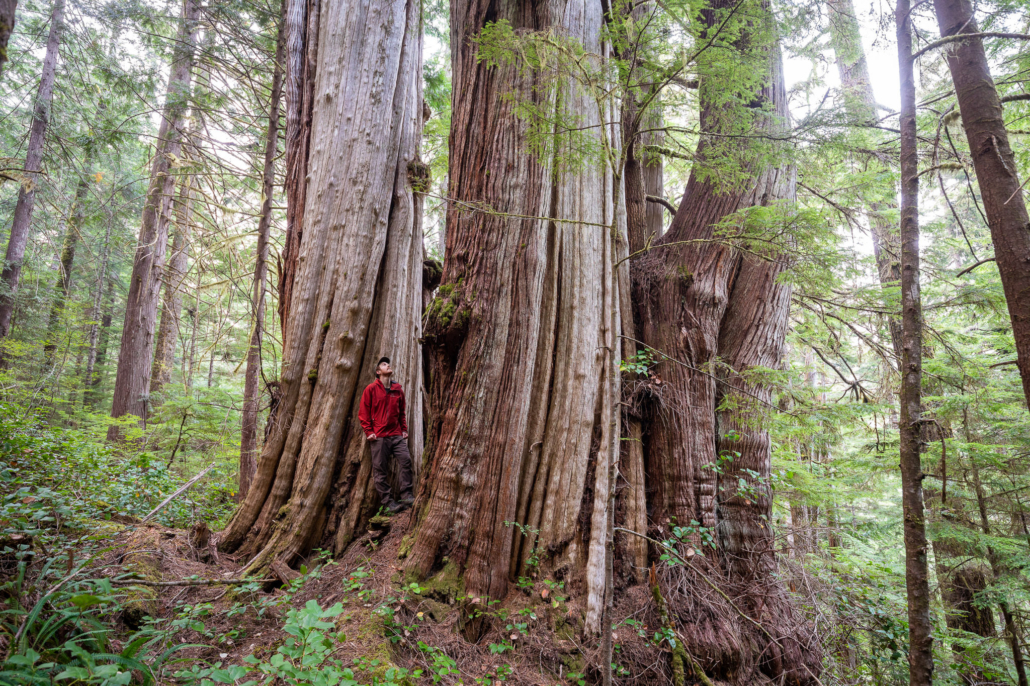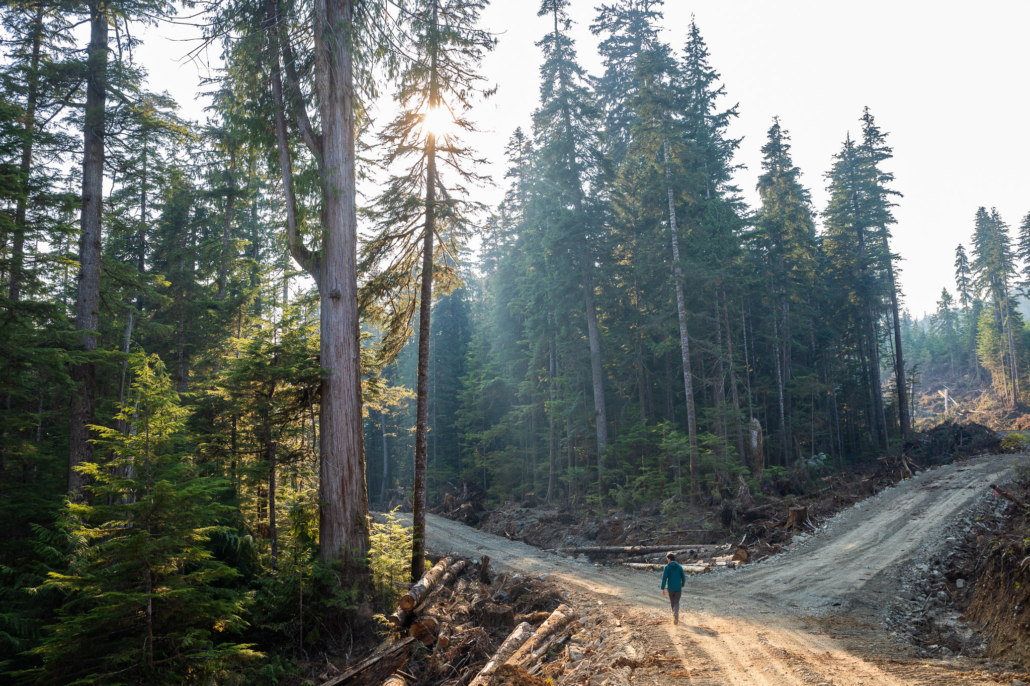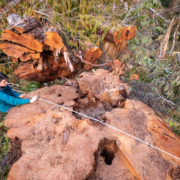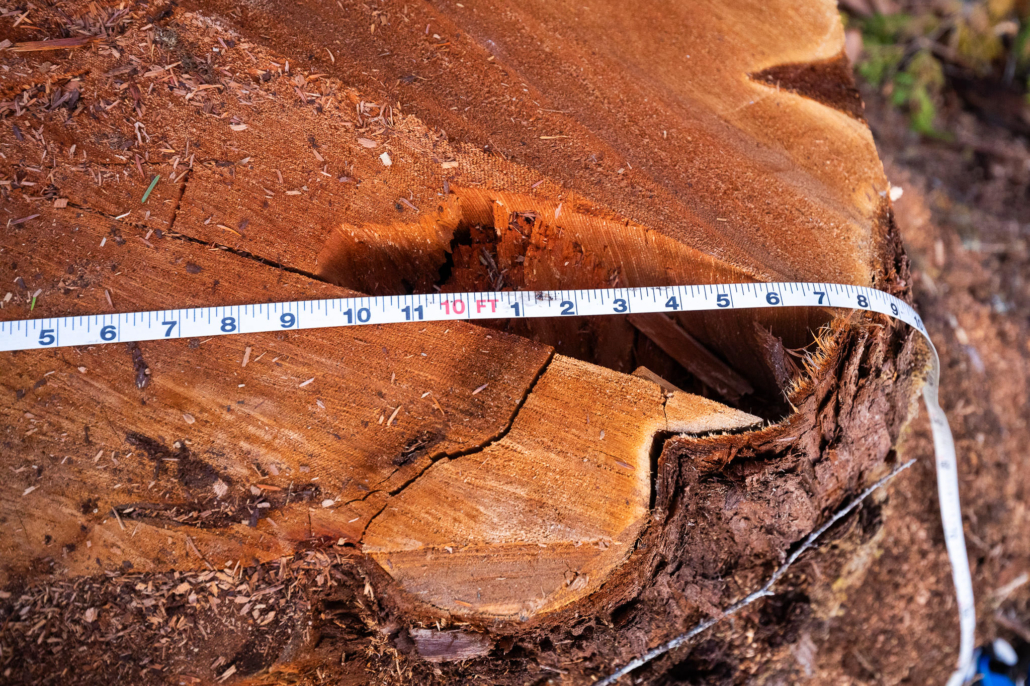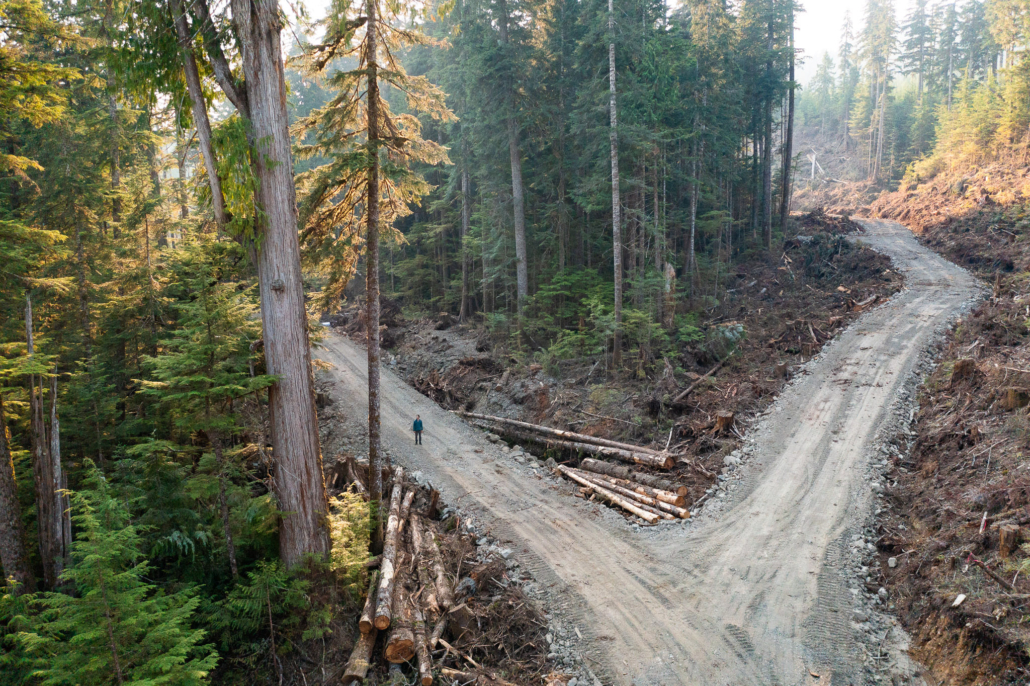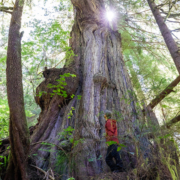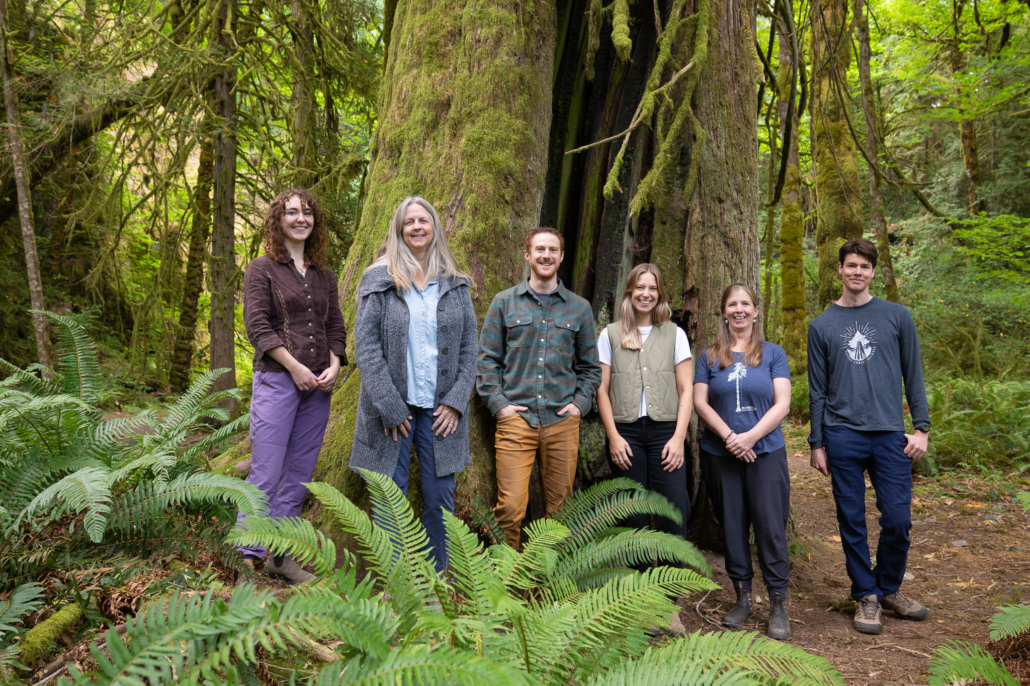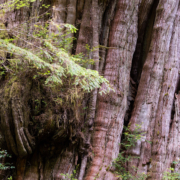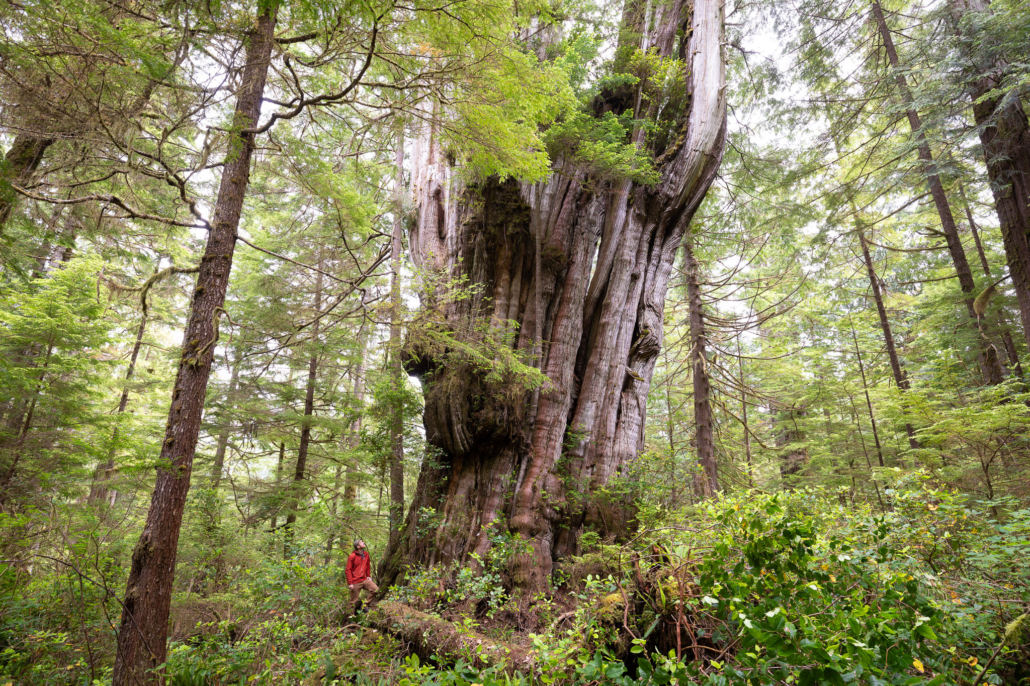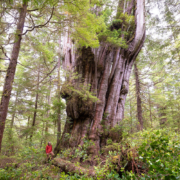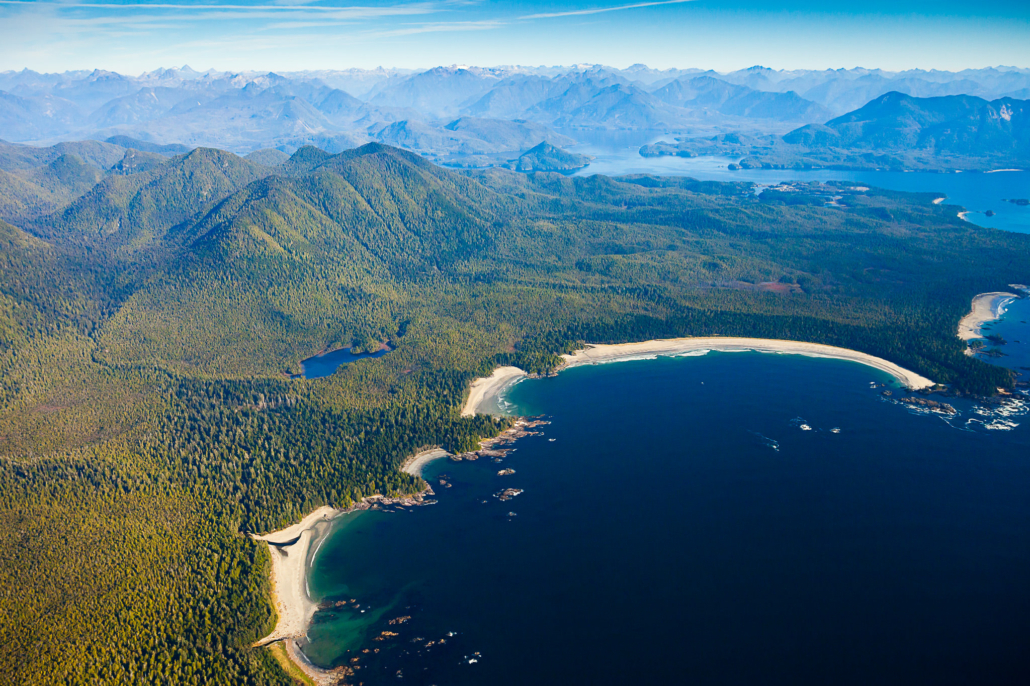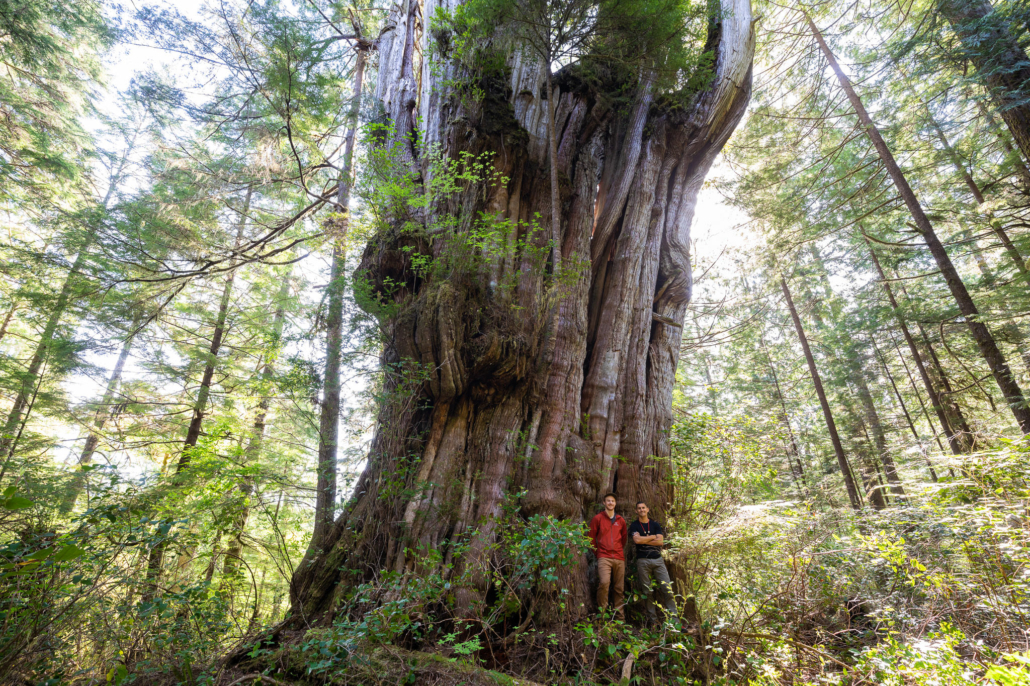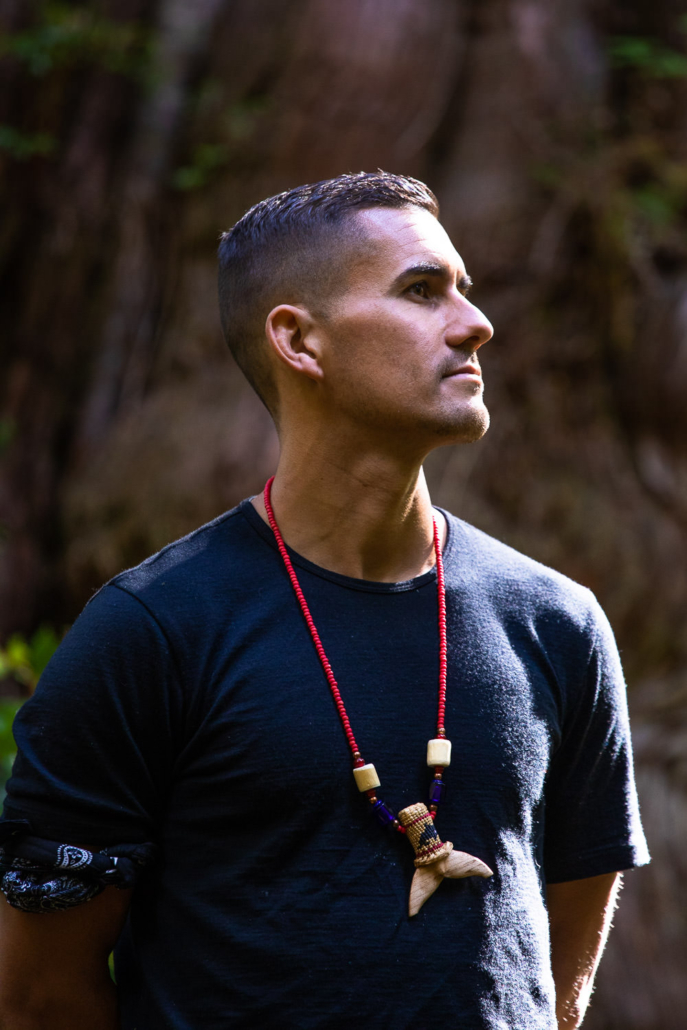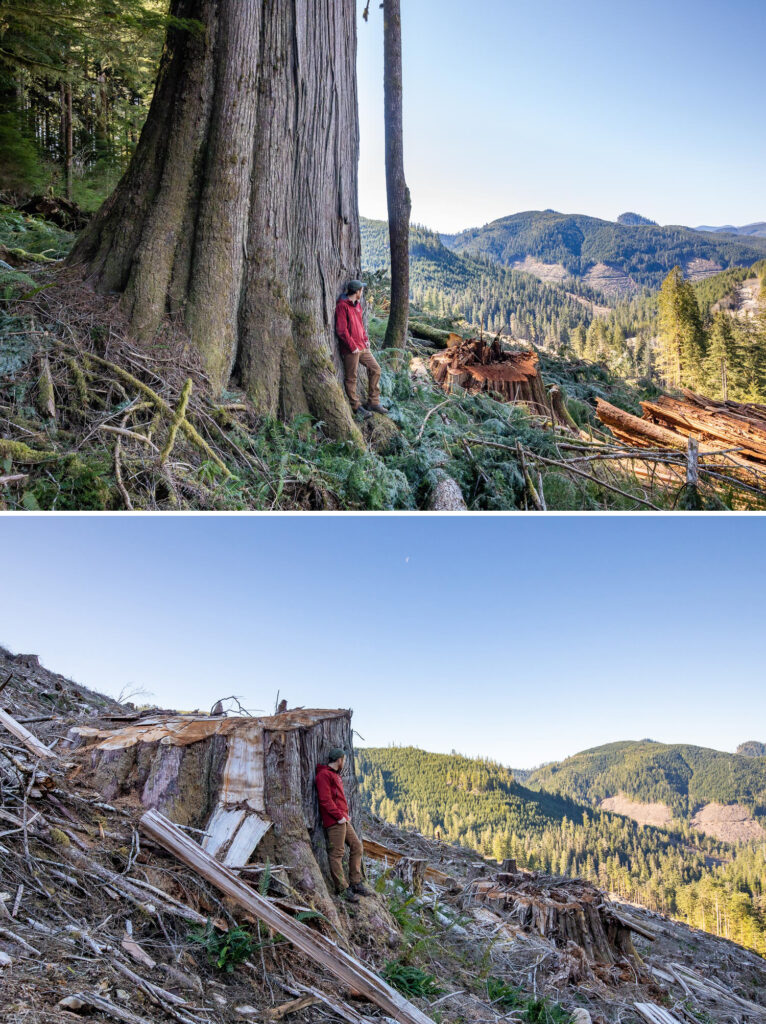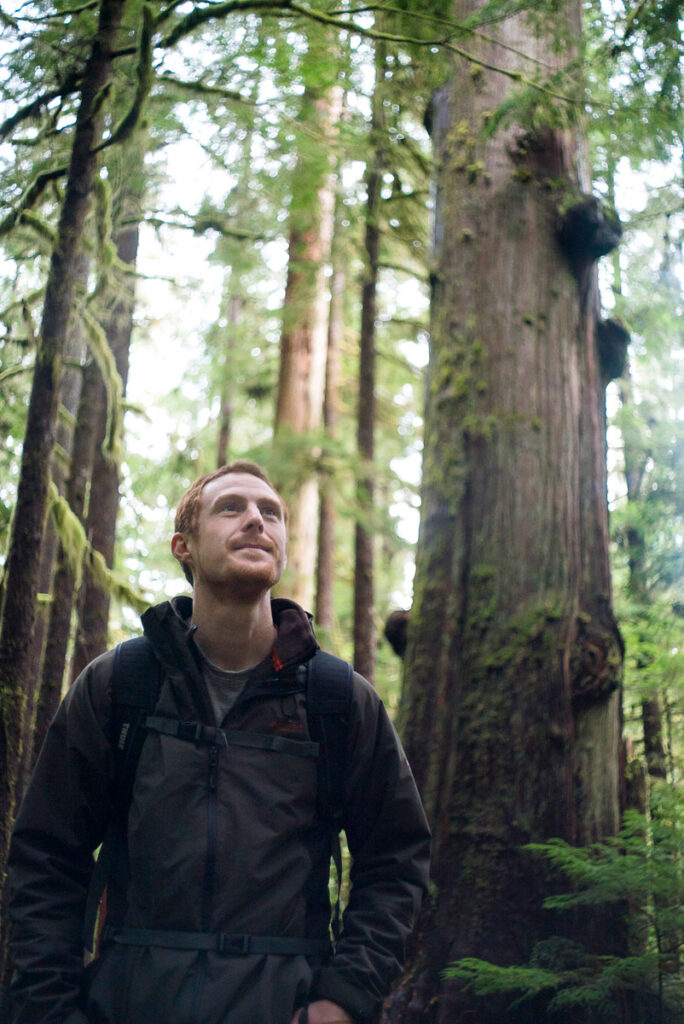The Georgia Strait: “Conservation financing is a game-changer for BC’s old-growth forests”
October 31, 2023
The Georgia Strait – Op-Ed by Ken Wu.
See the original article.
Last week, BC Premier David Eby announced a new $300 million “conservation financing mechanism.” Based on a startup contribution of $150 million from the Province and $150 million from the BC Parks Foundation (the charitable partner of the BC Parks agency), the fund will support First Nations communities to establish new Indigenous Protected and Conserved Areas (IPCAs). This puts BC on the verge of a major protected areas expansion over the next few months and years to reach its minimum projection target of 30 per cent by 2030. Currently about 15 per cent of BC is in protected areas.
BC’s old-growth forests have spawned one of the most passionate and pervasive ecosystem-protection movements in world history, and for good reason. They contain some of the largest and oldest living organisms that have ever existed in Earth’s history: forest giants that can live to 2,000 years old and grow wider than a living room. Old-growth forests are vital to support unique and endangered species, climate stability, clean water, wild salmon, First Nations cultures, and BC’s multi-billion dollar tourism industry. They have unique characteristics that are not replicated by the ensuing second-growth tree plantations that they are being replaced with and that are logged every 50 to 80 years on BC’s coast, never to become old-growth again.
Well over 80 per cent of the original, productive old-growth forests (sites where most big trees and timber values reside) have already been logged, and over five million hectares of big trees, rare (by ecosystem type) trees, and the very oldest of old-growth forests remain unprotected in BC; 2.6 million hectares have been identified as the top priorities for logging deferrals by the Province’s appointed panels.
I’ve spent the last 33 years of my life with a continuous focus on protecting old-growth forests in BC, engaged in just about every tactic in the toolbox of environmental activism at one time or another. But over the past six years I’ve focused the vast majority of my time on two key policies that are indispensable for protecting old-growth forests and BC’s diverse ecosystems: conservation financing and ecosystem-based protection targets. These are two fundamental game-changers for stopping old-growth and ecosystem destruction in BC.
Conservation financing is funding for Indigenous communities linked to the establishment of new protected areas and conservation initiatives. In BC, the Province cannot unilaterally establish protected areas and “just save the old-growth” on Crown/unceded First Nations lands; the support of local First Nations governments is a legal necessity in their territories. The establishment of protected areas and deferrals for logging move at the speed of the local First Nations whose territories it is; so, the BC Government’s policies and funding can either facilitate or hinder the abilities of First Nations to protect ecosystems. Conservation financing is a vital enabling condition that can greatly facilitate and speed up the protection of old-growth forests.
Those who believe that the BC Government can unilaterally “just save the old-growth forests” across BC without the consent of the local First Nations (200 different communities) in their unceded territories continue to hold a long outdated and simplistic model of conservation in BC, and therefore fail to understand the centrality of conservation financing.
That is: First Nations communities are in the driver’s seat for new protected areas in their unceded territories. The BC Government must provide the vehicle—the policy framework and the funding—for First Nations to drive to where we all need to go: the protection of the diversity of ecosystems in BC.
Conservation financing is key to meet the needs of Indigenous communities for sustainable economic development alternatives to their old-growth logging dependencies. Many or most BC First Nations have an economic dependency fostered by successive BC governments on forestry, including on old-growth logging, and require support to develop sustainable alternatives in ecotourism, clean energy, sustainable seafood, non-timber forest products like wild mushrooms, and other businesses. They also need funding to develop the capacity to undertake land-use planning, mapping, engagement of community members, stakeholder and resource licensees, and stewardship and management jobs in new protected areas.
Conservation financing thus paves the path and is the indispensable enabler for new protected-areas establishment in BC; without it, it would simply be impossible to undertake the large-scale protection of the most contested landscapes with the highest resource values in BC.
On BC’s central and north coasts (such as the Great Bear Rainforest), $120 million in conservation financing from the Province, Federal Government, and conservation groups in 2006 resulted in the protection of almost 1.8 million hectares of land (about two-thirds the size of Vancouver Island), the creation of over 100 businesses, and 1,000 permanent jobs in First Nations communities—and significantly raised the average household income in numerous communities.
The $300 million that has kick-started BC’s new conservation financing fund will over time grow with additional provincial, federal, and philanthropic funding, possibly or likely into the billions over the next several years.
Does conservation financing mean that all problems with BC’s old-growth policies are now solved? Of course not. But it’s an indispensable part of the solution.
Now our battle shifts to several key gaps or loopholes in BC’s old-growth and protected-areas policies.
First, the new conservation financing mechanism needs to be tied to “ecosystem-based targets”—that is, protection targets developed by a chief scientist and Traditional Ecological Knowledge committees that ensure that all ecosystems, including the most endangered and contested landscapes such as old-growth forests with the greatest timber values, are protected. Without ecosystem-based targets to guide conservation financing, we’ll see again an emphasis on protecting treeless alpine tundra and subalpine areas with little to no timber values; this largely skirts around saving the big timber in the biologically-rich lowlands that will still get logged. All native ecosystems need and deserve protection—but an emphasis must be placed on the most endangered and least protected ecosystems to tackle the extinction and climate crises happening right now. Potentially, ecosystem-based protection targets may happen via BC’s forthcoming Biodiversity and Ecosystem Health Framework. The Province already has a head start with the Technical Advisory Panel’s identification of the grandest, rarest, and oldest old-growth forests recommended for logging deferrals—recommendations that some bureaucrats seem intent on tossing out now.
Secondly, the province must fund First Nations communities to undertake old-growth logging deferrals in order to help offset their lost logging revenues. This lack of funding for First Nations is the primary barrier to getting the full 2.6 million hectares of the most at-risk old-growth identified by the Technical Advisory Panel deferred from logging. By way of example, a “solutions-space” fund was used successfully in Clayoquot Sound to enable the greatest stands of old-growth to remain while First Nations undertook land use and protected-areas planning.
Thirdly, we’re watching with great concern as the Province might be looking to establish new “flexitarian” designations: tenuous or fake “protected areas.” These types of “protections” are embodied in several existing conservation regulations in BC such as Old-Growth Management Areas with moveable boundaries, and some types of Wildlife Habitat Areas where commercial logging often still takes place. Instead, Provincial Conservancies and several designations simply termed “Protected Areas” in BC are much stronger. They exclude commercial logging, mining, and oil and gas development, and were co-developed by First Nations people to protect their subsistence rights to hunt, fish, forage, and harvest individual old-growth cedars for cultural purposes (totem poles, dugout canoes, masks, etc.), and ensure First Nations co-management to protect their rights and title.
Fourthly, thousands of hectares of some of the finest old-growth forests have been excluded from the roster of priority deferral areas due to data errors. The Province has thus far forbidden the addition of misidentified stands to the list, yet is removing thousands of hectares of misidentified sites that were included (as in: they only allow for the subtraction, not the addition, of misidentified stands from deferral areas due to their mistakes).
So, there is still a lot to do to protect old-growth forests. But make no mistake: the conservation financing mechanism is a huge victory for ecosystems and communities.
Ken Wu is the executive director of the Endangered Ecosystems Alliance and was the former co-founder and executive director of the Ancient Forest Alliance and the executive director of the Wilderness Committee’s Victoria chapter. He has been working to protect old-growth forests for over 30 years in BC.

